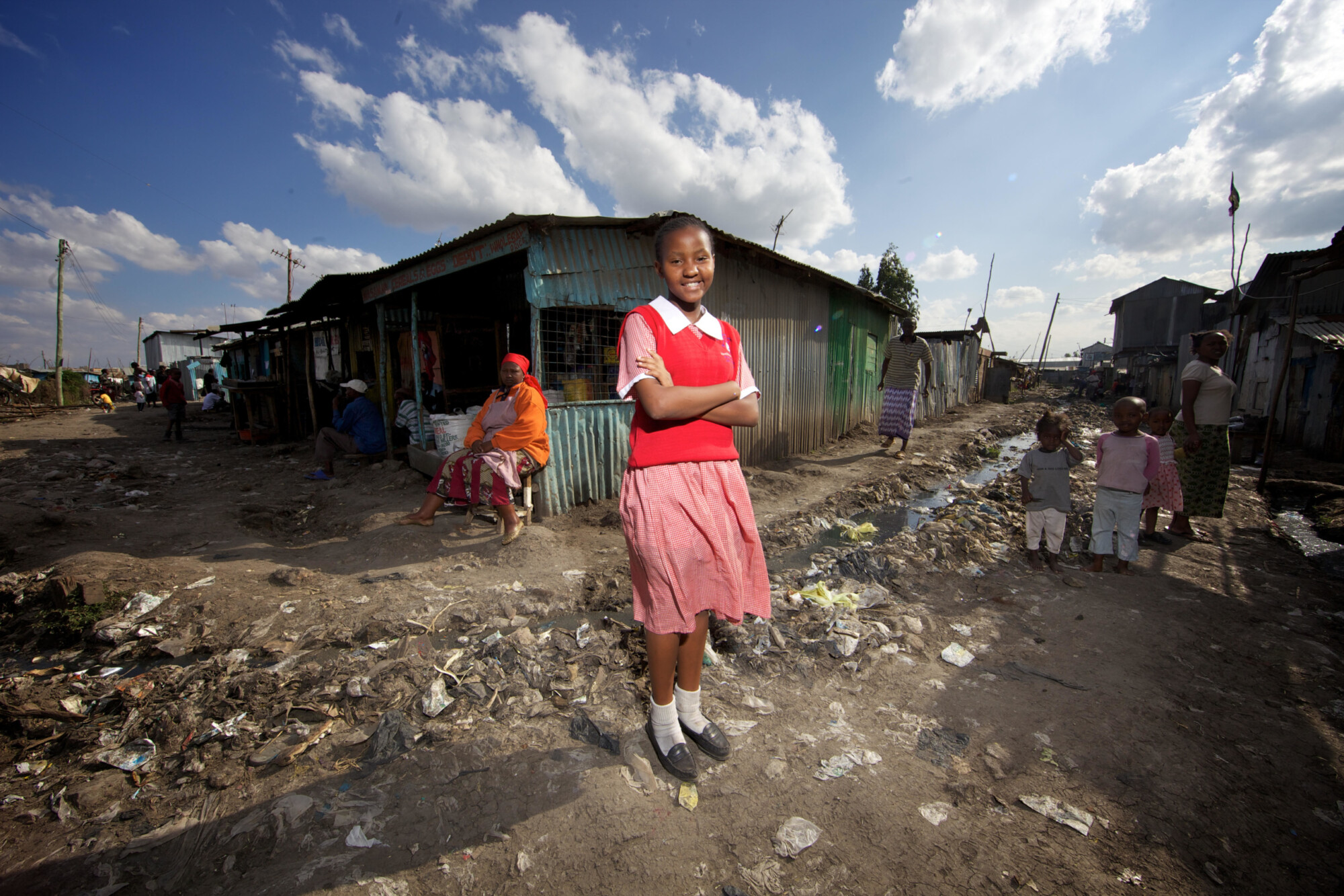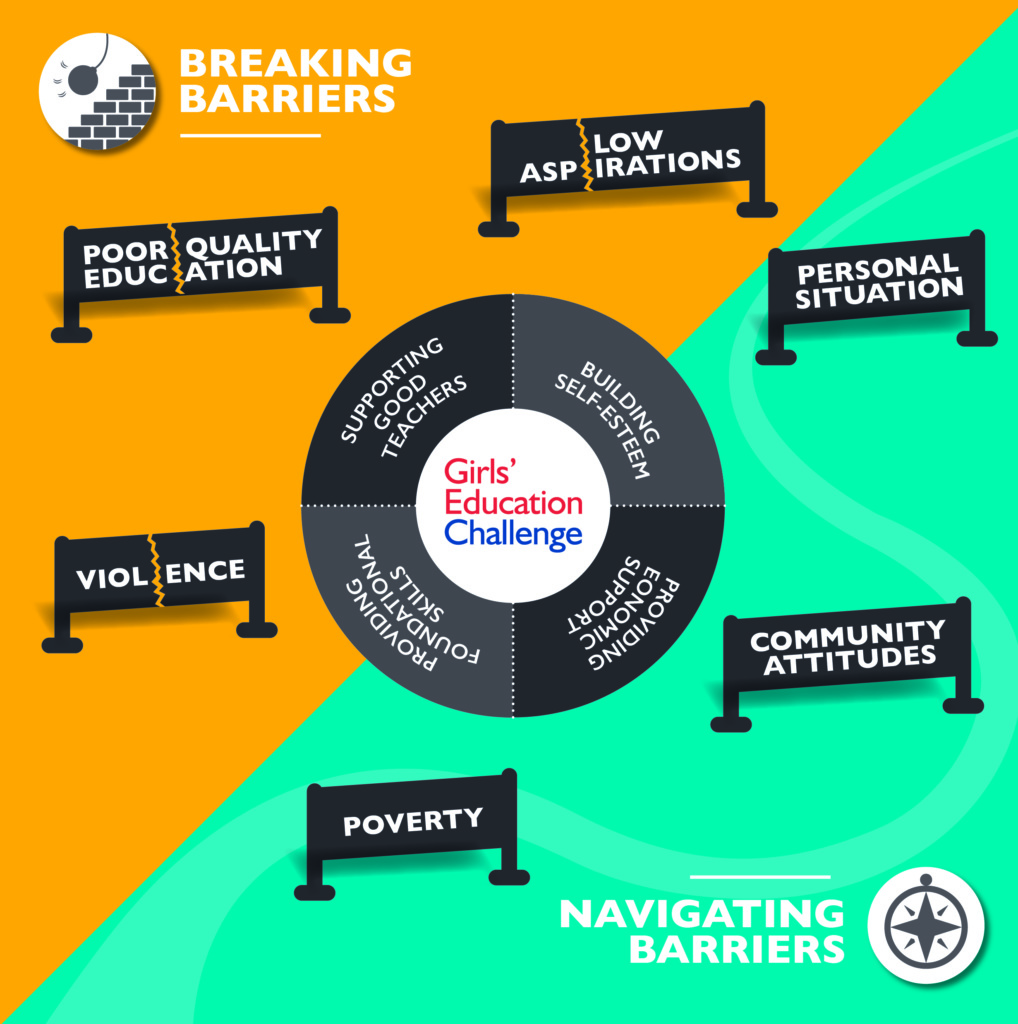The Power of the Adolescent Girl: The Power of Education and the Private Sector’s Role

Photo by Ian Christmann/Discovery Learning Alliance.
The following op-ed is part of a series produced by leaders within the Global Business Coalition for Education calling on increased access to education for girls and women. On International Day of the Girl Child, GBC-Education released “The Journey of a Girl: Opportunities for Business Investment in Girls’ Education,” a working paper mapping the barriers to education experienced by many of the most marginalized girls around the world.
An adolescent girl, sitting on the cusp of womanhood, faces a period of disorientation. Sudden physical changes, peer pressure and the need to make decisions that could impact her whole future can be overwhelming and bewildering. However, it can also be a time of excitement and independence. A time to question authority, test the boundaries and determine her identity. Armed with the right tools and skills during this period, she can step into womanhood with self-confidence and ambition.
Education is one of these tools. Indeed, education can be the most important weapon in an adolescent girls’ armoury. The ability to read and write, add and subtract, be creative, use technology and know about the world beyond her home and community can open up a world of opportunity and help develop the self-esteem and ambition needed to turn opportunities into reality.
This year’s International Day of the Girl Child celebrates The Power of the Adolescent Girl: Vision for 2030. It is a day that recognises her potential to positively change her life and the lives of those around her. It is also a day that recognises the challenges she faces – and the fact that if she lives in one of the poorest, conflict-affected or remote areas of the world, she faces greater challenges than others. Not least, she often does not have access to the quality education that would help her to overcome these challenges.
In 2013, 59 million children were out of school. Of these, 30 million were in sub-Saharan Africa and 10 million were in South and West Asia – and an estimated 34 million of these were adolescent girls. And even when girls are in school, they are not necessarily learning due to poor teaching, inadequate facilities and few books and resources. Assessments show that it is common for children to complete primary school without becoming literate and numerate, and without learning vital life skills. Why? Well, we are starting to answer this question through programmes like the Girls’ Education Challenge (GEC).
The GEC, launched in 2012 by the Department for International Development (DFID) is investing £300 million in the education of a million of the world’s poorest girls to expand their opportunities and improve their lives. The Fund Manager is PwC, in partnership with FHI360, Social Development Direct and Nathan Associates. Thirty-seven projects are working in 18 countries to enable girls to learn, through improved schools, better teaching and greater community engagement.
The GEC engages the private sector, through four new and innovative Strategic Partnerships with Avanti Communications Group plc, The Coca Cola Company, Discovery Communications and Ericsson AB. These partnerships leverage private finance and test less traditional approaches to education access and provision. Together the partnerships aim to improve the learning outcomes of thousands of marginalised girls. Early studies undertaken by the GEC identified a number of significant barriers to education, particularly for adolescent girls. These include poverty, low aspiration, poor quality education and schools, community attitudes, violence, and personal situation.
So, how is the GEC, including the Strategic Partnerships, tackling these barriers?
Not every girl faces every barrier to education, although many marginalised girls face more than one. Not every barrier can be surmounted, but they can be navigated around. The GEC and its Strategic Partnerships are working in a myriad of ways with girls, parents, communities and governments to tackle these barriers, using four main ‘tools’: Providing foundational skills in literacy and numeracy, including for those who need remedial support; Training and supporting teachers so that they have appropriate skills, positive attitudes and the support they need to continuously improve; Increasing girls’ self-esteem so that they are empowered and supported by their peers, parents, teachers and communities, thereby improving their participation in school; Providing economic support for communities, parents and girls themselves.
More girls learning and completing school will result in more skilled employees, a better educated consumer base for products and services, and economically vibrant communities in which to do business. By investing in girls, businesses can gain employees, suppliers and distributors in their value chains who are literate, numerate, skilled, healthier and wealthier. There is considerable evidence to show that girls’ education is one of the most effective ways to generate a wider social and economic return on investment. It can offer girls and their families more fulfilling, healthier, and more prosperous lives.
It is therefore no coincidence that three of the new Sustainable Development Goals highlight the need to work together to address barriers to education, requiring the global community to ensure inclusive and equitable quality education and promote lifelong learning opportunities for all, achieve gender equality and empower all women and girls, and revitalize the global partnership for sustainable development. The GEC and its Strategic Partners have these goals at heart and will play our part in striving to meet them by 2030.
Chris Wallace is Girls’ Education Challenge (GEC) Programme Lead. She has been working in international development for the last 30 years for INGOs, UN agencies, DFID and the European Union. She joined the GEC in 2012.
PwC is a member of the Global Business Coalition for Education.

